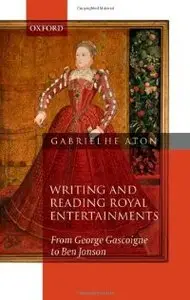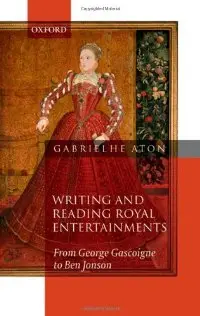Gabriel Heaton, "Writing and Reading Royal Entertainments: From George Gascoigne to Ben Jonson"
English | ISBN 10: 0199213119 | 2010 | PDF | 272 pages | 2 MB
English | ISBN 10: 0199213119 | 2010 | PDF | 272 pages | 2 MB
This major new study of Elizabethan and Jacobean royal entertainments, including country house entertainments, tiltyard speeches, and court masques, is the first to look in detail at the evidence provided by the surviving material texts. Drafts, royal presentation manuscripts, widely-circulating scribal copies, and printed pamphlets are all carefully placed in their cultural context, and the medium of manuscript is shown to have been at least as important as print for these texts' circulation. From the close collaboration between commissioning host and hired writer, to the varied interpretations imposed by copyists and publishers, entertainments were written and read within a complex social nexus: far from being royal propaganda, they reflected the distinct and sometimes competing agendas of monarchs, commissioning hosts, authors, publishers, scribal intermediaries, and readers.
Writing and Reading Royal Entertainments explores this interpretative community through a range of texts. The first part of the book looks at Elizabethan entertainments: the Woodstock entertainment of 1575 (Chapter I); tiltyard speeches (Chapter II); and the distinctive features of printed pamphlets and scribal copies, notably of the 1602 Harefield entertainment (Chapter III). The second part of the book is mostly concerned with Ben Jonson's work for the Jacobean court, with chapters on the Merchant Taylors' entertainment (Chapter IV) and the Theobalds' entertainment (Chapter V). The final chapter looks at the texts of court masques, especially in the light of Jonson's understanding of the poet's elevated role. The book's conclusion takes the story of these material texts beyond the early modern period and looks at how they have been collected, bought, and sold over the centuries.



